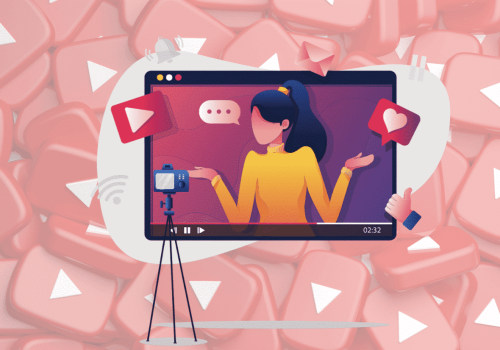YouTube wants to make sure that video views come from real people. The user sees it on the platform for at least 30 seconds. YouTube wants to make sure that its video views and engagement metrics come from legitimate viewing by real people. Its algorithm counts a view when a user intentionally watches a video, not those that come from bots or play automatically on external websites.
Views are counted on YouTube when a user watches a video for at least 30 seconds. However, viewers don't need to watch a video for 30 seconds in a row; the total viewing time must be a minimum of 30 seconds. So, you want to be famous on YouTube. You have the perfect video of a British boy who is bitten by a British baby.
You upload the video to YouTube and it's an instant sensation. However, you're wondering: can you increase your own views by refreshing the page? How does YouTube count views? YouTube's definition of a view is the intentional playback of a video initiated by the viewer. In the early years of YouTube, the number of views increased every time the video was uploaded. This was a reasonable system, except that it quickly became clear that anyone, from a teenager sharing a home video to a business sharing a commercial, could simply reupload their video over and over again to artificially increase their number of views.
Since the YouTube homepage displays the popularly watched videos ordered by the number of views, it was easy for anyone to play with the system and make their video appear on the YouTube homepage. YouTube couldn't have that, so they modified the system a bit. When the video is below 300 views, views are counted in the same old-school recharge system. Less than 300 views will not affect the YouTube website.
This view count method is OK for low view counts. The leeway to abuse the system is small and negligible. Next, read my articles on how to get more YouTube views, free subscribers, and how to make money with YouTube. On the other hand, if you keep updating your YouTube page, the algorithm will consider it unnatural and will not consider them views.
Nor will they depend on the YouTube recommendation engine responsible for more than 70% of the views on the platform. These and other bot-like actions will not go through YouTube's automated scanning to legitimize as seen. Your own views will count if you play your YouTube video only once or twice and not when you refresh your page. YouTube offers two types of ads for which they count views differently to indicate that a user has interacted with your video.
When the count is thawed, the count may increase as views are validated, or it may decrease if YouTube detects a problem. Therefore, such paid fake views would simply remain ornamental to dress their public view number and aid their perceived popularity. YouTube doesn't mention how it counts organic views in its engagement metrics, channel performance, or other support pages. Sometimes, the view count may even be temporarily frozen until the algorithm can validate the views it receives.
Sometimes YouTube may feel that there is a greater chance that a particular account is actually a bot, and therefore views from that account may not be added. In other words, the video was played by a human on a device, and YouTube confirms that it is a legitimate view. If you visit YouTube on any given day, you'll be sure to find a recently published video that has been viewed millions of times in just a few days. Don't panic when your views freeze, views keep counting and the number of likes and doesn't get affected.
However, if you constantly update the page to artificially increase the view count, YouTube will identify it as a spam practice (see the definition of Views, recharged above). .




